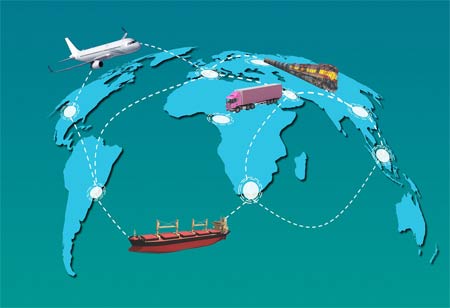THANK YOU FOR SUBSCRIBING
THANK YOU FOR SUBSCRIBING

By
Logistics Transportation Review | Monday, April 10, 2023
Stay ahead of the industry with exclusive feature stories on the top companies, expert insights and the latest news delivered straight to your inbox. Subscribe today.
It is evident that technological advancements in transportation have effects that have yet to be fully understood.
FEMONT, CA: Many technological advances in transportation are making their way into the public eye, causing impacts yet to emerge. Parking strategies are upgrading as self-driving cars become more common. With the proliferation of electric vehicles and charging stations, what it means to park has also changed to include fueling. The global climate condition is driving a deeper examination into the better management of carbon output, to which cars and buildings mostly contribute.
A specific challenge to mobility planning involves the approach for growth in an older urban campus setting; the campus' future growth and development plans may not align with the existing circulation pathways resulting from multiple stages of build-out over several decades.
People-centric design: The first step would be to realign the focus back on people to reverse decades of car-centric campus design. In a world where personal car usage is becoming less desirable than car sharing or alternative transportation methods and the need to reduce heat islands, designing around vehicles has become more of a burden than an enhancement. Designing around people is a constant - people will continue going places, gathering, learning, and being together, regardless of their transportation mode. The future planner will create flows that are resilient to changes in transportation modes if they plan around people, specifically pedestrians.
Future-proofing: The design of parking structures can help future-proof our sites. Car storage is an essential part of any active site, whether urban or suburban. As our reliance on our surface lots grows, the need to build these structures increases. We know that future needs and technological advancements will render parking structures irrelevant if we trade potential program space for parking structures on urban sites. We are accountable for the value of every square foot of available land. We hesitate to invest in parking structures, knowing both the prescriptive use and the likely short-term needs of shared vehicles. With a conceivable increase in the use of shared vehicles, parking structures may be only temporary.
Connection-focused: Local and regional transportation services benefit directly from communication and collaboration when designing for connectivity. Typically, universities have integrated services such as municipal buses and shuttles that bring people to the campus, but that's about it. Bus stops or drop-offs are normally located along major roads and either require additional connections to a specific building or multiple pedestrian paths that branch out to the various areas of the campus. A great example of a campus maximizing its site without directly impacting land is the monorail at Disneyland, which uses vertical space to connect people directly to buildings. It is worth exploring the core concept behind the elevated system, even though most people consider it an attraction rather than a successful, simple, connection-focused mode of transportation.
I agree We use cookies on this website to enhance your user experience. By clicking any link on this page you are giving your consent for us to set cookies. More info





